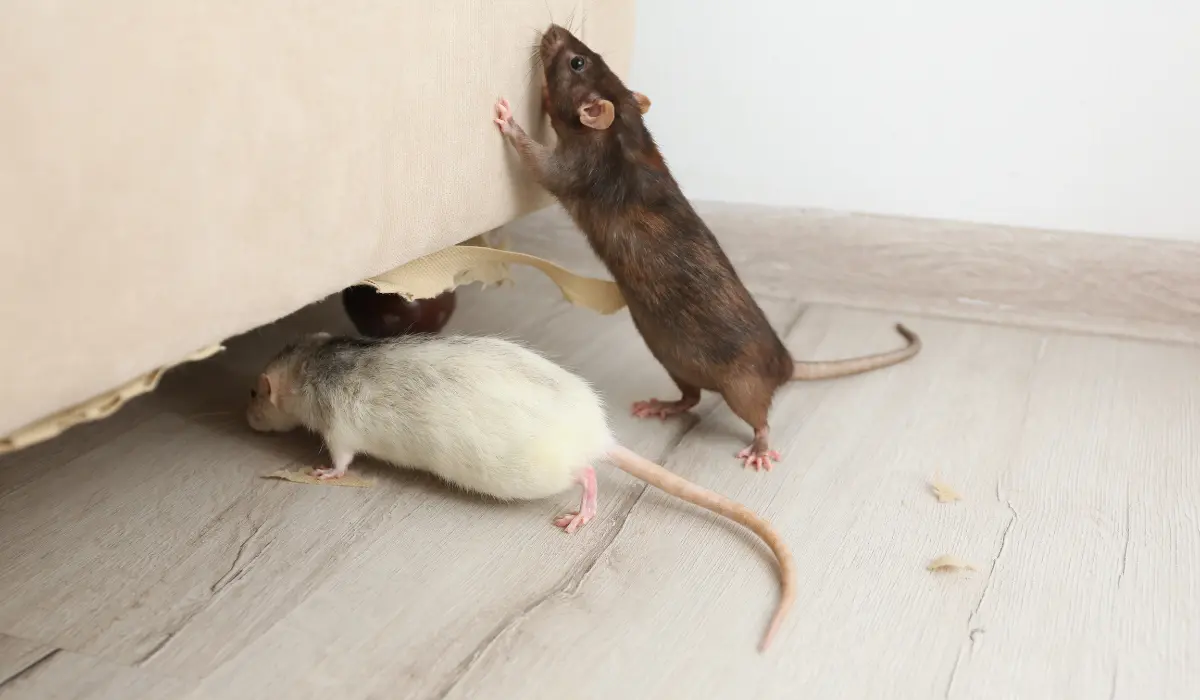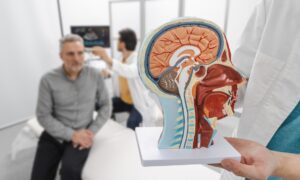Rodents are among the most persistent and destructive pests encountered in both residential and commercial environments. These small mammals are highly adaptive and capable of squeezing through tiny openings to access buildings, food sources, and nesting areas. Once inside, rodents can cause extensive damage—chewing through wires, contaminating food, damaging insulation, and spreading harmful pathogens.
The best defense against such infestations is not reactive extermination but proactive prevention. This includes early identification of risk factors, thorough assessment of vulnerabilities, and ongoing monitoring efforts. One of the most essential steps in this process is the execution of a comprehensive rodent detection strategy tailored to the specific property type and usage. Whether managing a commercial facility, warehouse, restaurant, or private home, timely assessment and control are essential for safety, health, and peace of mind.
Why Rodent Presence Should Never Be Ignored
Rodents, particularly rats and mice, are not just nuisances—they are legitimate threats to health, infrastructure, and business continuity. Their presence is often hidden until the infestation has become significant. As such, understanding the implications of rodent activity is vital.
1. Structural Damage
Rodents are notorious for chewing. Their teeth grow continuously, compelling them to gnaw on wood, plastic, drywall, and even electrical wiring. This behavior can lead to structural weakening and, more alarmingly, pose a fire hazard due to exposed wires.
2. Contamination
Rodents contaminate surfaces with their droppings, urine, and fur. In areas where food is prepared or stored, this contamination poses severe health risks. Even HVAC systems can become compromised, circulating contaminated particles throughout the property.
3. Disease Transmission
Rodents are carriers of several harmful pathogens, including hantavirus, leptospirosis, salmonella, and plague. These can be transmitted through direct contact, airborne particles, or contamination of food and water.
4. Business and Legal Risks
For businesses, rodent sightings can lead to failed health inspections, temporary shutdowns, loss of consumer trust, and legal liability. This is especially true in industries such as food service, hospitality, and healthcare.
Signs That Indicate a Rodent Problem
Being vigilant about early warning signs can make all the difference in preventing a minor issue from becoming a full-blown infestation. Key indicators include:
- Droppings: Small, pellet-like droppings found near food sources, cupboards, or along walls.
- Gnaw Marks: Damage to packaging, cables, furniture, or structural materials.
- Nests: Shredded paper, fabric, and insulation materials found in hidden areas.
- Scratching Noises: Particularly at night when rodents are most active.
- Grease Marks: Oily streaks left along walls or entry points from rodents brushing past.
- Pet Behavior: Unusual excitement or focus from cats and dogs around specific areas.
If any of these signs are noticed, it is crucial to act promptly before the issue escalates.
What a Rodent Inspection Involves
A professional Rodent Inspection goes far beyond a visual check. It is a methodical and strategic process designed to uncover hidden risks, entry points, and signs of rodent activity that the untrained eye may overlook.
1. Exterior Assessment
Inspectors begin by examining the building’s exterior to identify any structural vulnerabilities such as cracks, gaps around utility pipes, broken vents, or poorly sealed windows. Landscaping features like overgrown vegetation or improperly stored waste may also be evaluated, as these can attract rodents.
2. Interior Evaluation
Inside the building, the focus shifts to kitchens, basements, storage areas, attics, and wall voids. Technicians check for nesting materials, gnaw marks, droppings, and trails. Thermal cameras, moisture meters, and even fiber-optic scopes may be used to look inside walls and ceilings.
3. Rodent Pathways
Experienced inspectors can recognize rodent runways—areas frequently traveled by rodents that often show signs of wear or grease. Identifying these paths helps in placing traps or monitoring tools.
4. Sanitation Review
The inspection includes an evaluation of sanitation practices. Poor waste management, unsealed food storage, and clutter provide ideal environments for rodents. Inspectors will recommend changes to minimize attractants.
5. Entry Point Detection
A critical part of the process is identifying and documenting all potential entry points, no matter how small. Mice can enter through holes as small as a dime, so attention to detail is essential.
Tools and Techniques Used During Inspection
Modern rodent assessments utilize an array of tools to enhance accuracy and efficiency:
- UV Flashlights: For detecting urine and droppings that are not visible to the naked eye.
- Thermal Imaging Cameras: To detect body heat in walls and attics.
- Motion-Activated Cameras: Useful in commercial spaces for monitoring nocturnal rodent behavior.
- Smoke Pens: Help detect airflow that may indicate hidden entry points.
- Tracking Dusts: Non-toxic powders that reveal rodent pathways.
These technologies not only provide more reliable results but also support documentation and transparency in the inspection process.
Developing a Rodent Prevention Strategy
After a thorough Rodent Inspection, the next step is the development and implementation of a tailored prevention plan. This includes a mix of physical, procedural, and sometimes chemical measures:
Sealing and Exclusion
All identified entry points should be sealed using rodent-proof materials such as steel wool, hardware cloth, or metal flashing. Foam or wood alone is not sufficient.
Traps and Monitoring Stations
Strategically placed traps can control small populations or serve as an early detection system. In commercial environments, rodent bait stations may be installed as part of an integrated pest management (IPM) plan.
Environmental Modification
Reducing clutter, removing standing water, maintaining clean food storage areas, and keeping vegetation trimmed all contribute to an environment less inviting to rodents.
Routine Monitoring
Even after the initial threat is managed, routine follow-up inspections ensure long-term protection. Many service providers offer quarterly or semi-annual checks.
The Role of Education and Awareness
A successful pest prevention program depends not only on inspections and hardware but also on the awareness of those occupying the space. Educating residents, employees, or facility staff on rodent behavior and the importance of cleanliness can go a long way in supporting control efforts.
Simple practices like promptly disposing of food waste, reporting unusual noises or signs of chewing, and not leaving pet food out overnight can collectively make a significant difference.
Commercial Considerations and Compliance
In commercial and industrial settings, the consequences of a rodent problem are amplified. Food facilities, in particular, are subject to strict hygiene standards. Failure to comply can lead to:
- Failed audits
- Health code violations
- Product recalls
- Lawsuits or liability claims
Regular Rodent Inspection services are often required under food safety programs like HACCP (Hazard Analysis Critical Control Points) and by third-party certifying bodies such as SQF or BRC.
Investing in professional inspections is not only a matter of prevention but also of maintaining operational certification and public trust.
DIY vs. Professional Inspection
Some property owners consider DIY solutions. While small-scale inspections can occasionally spot obvious signs, they lack the tools, training, and depth of analysis offered by professionals.
Professional inspectors bring:
- Years of experience in identifying hidden risks
- Tools for assessing non-visible threats
- Knowledge of rodent behavior and nesting habits
- Safety training for handling potential hazards
- Reporting systems for documentation and action planning
For long-term effectiveness and peace of mind, professional inspections are generally the better option.
Conclusion
Rodent problems don’t develop overnight, but their consequences can escalate quickly and unpredictably. That’s why proactive measures are so vital. A thorough Rodent Inspection in Contra Costa provides the foundation for identifying vulnerabilities, developing targeted prevention plans, and avoiding health hazards, property damage, and legal liabilities.
By integrating professional assessment into routine maintenance, property owners can safeguard their investments, protect the people who use their spaces, and uphold the standards of cleanliness and safety that today’s world demands.
In a landscape where risks can emerge silently and spread rapidly, being proactive is not just a good idea—it’s a necessity. Whether you manage a home, retail store, office, or large industrial site, implementing a strong rodent management program centered around effective inspection will always be a wise move.





























